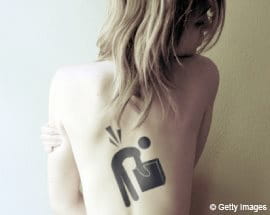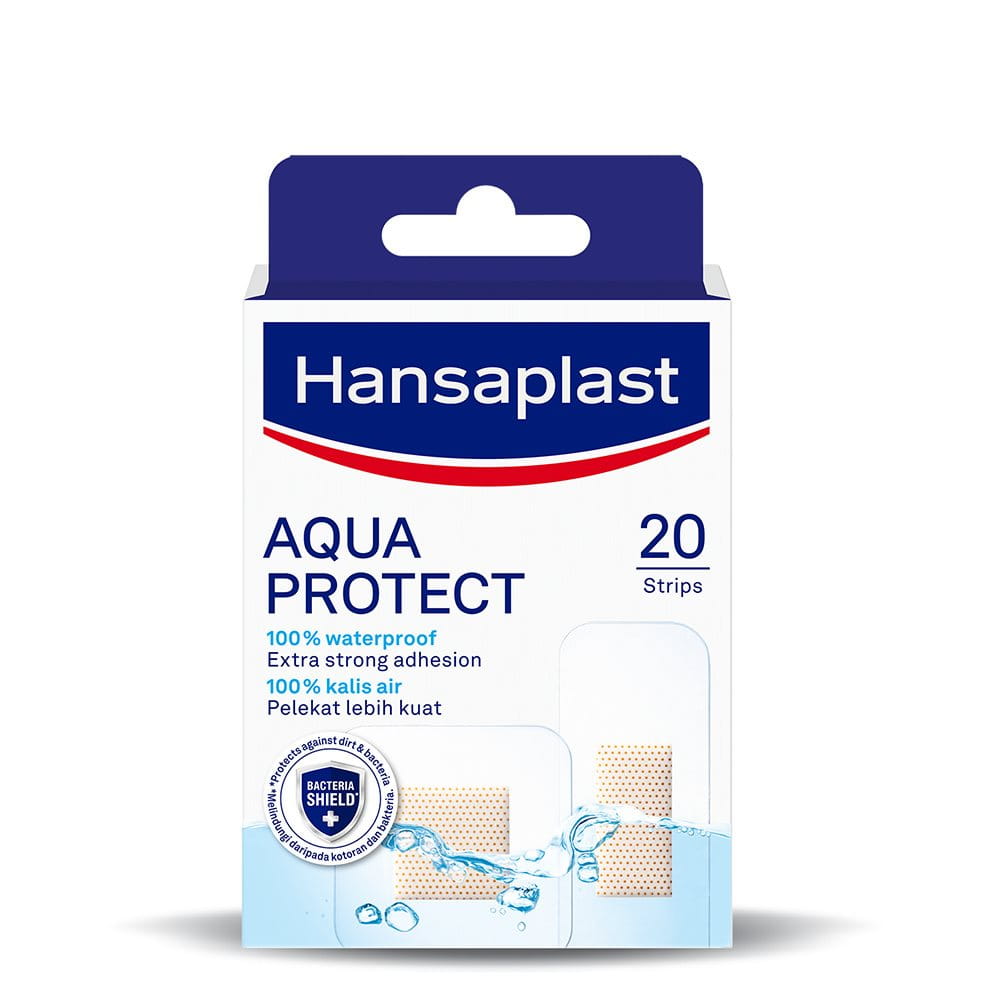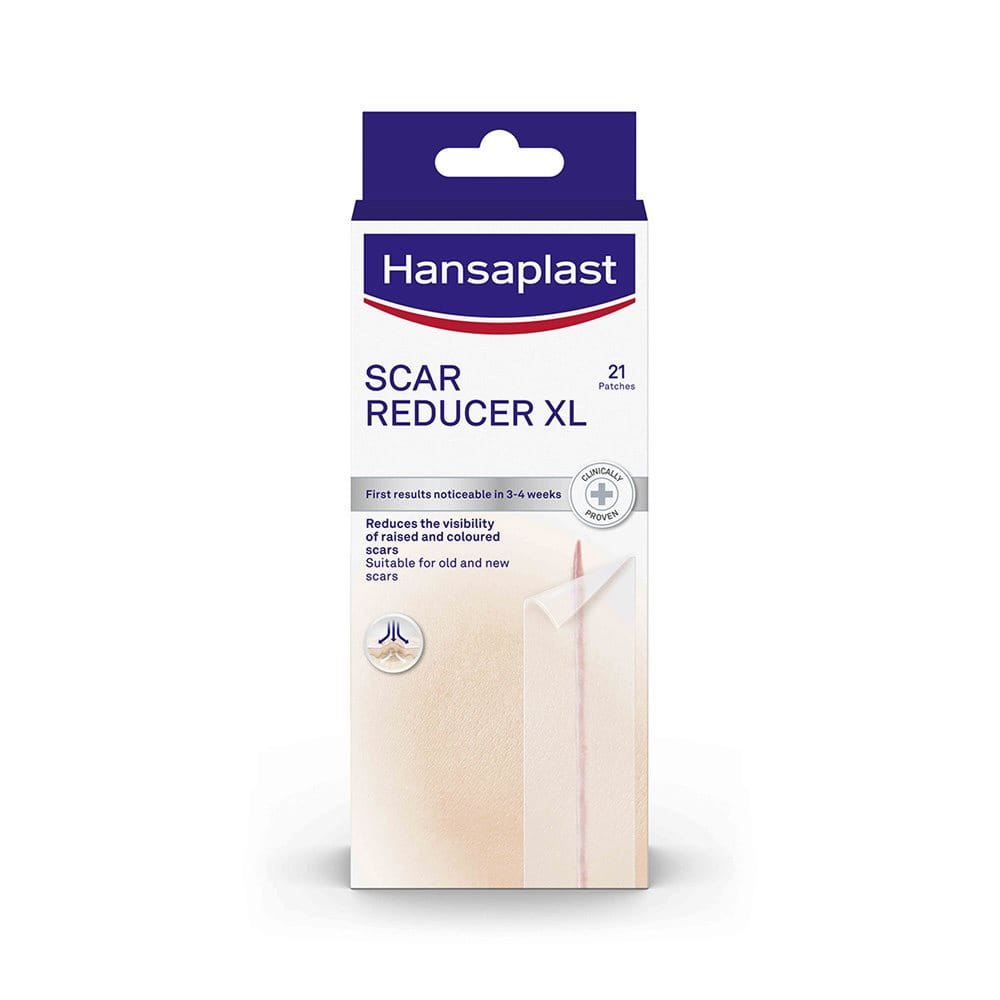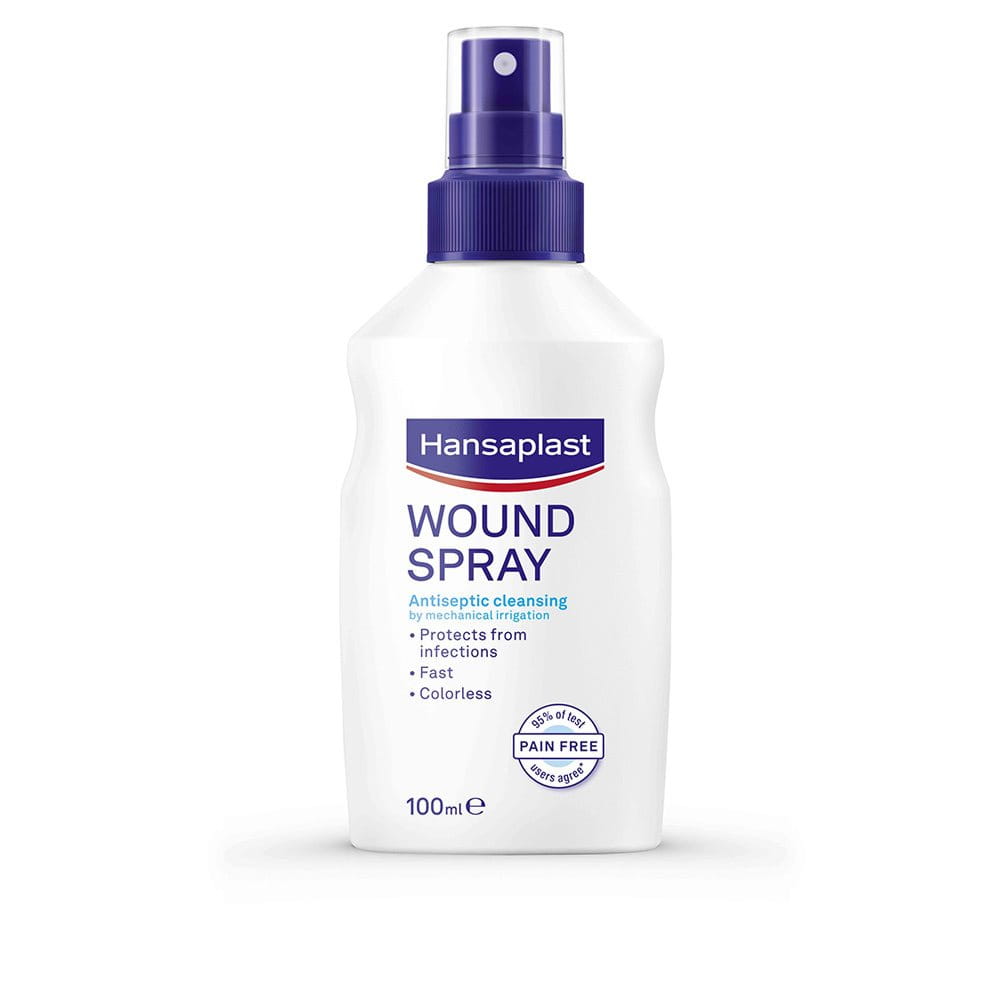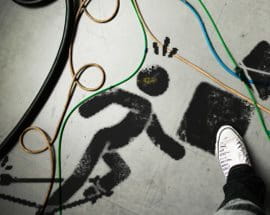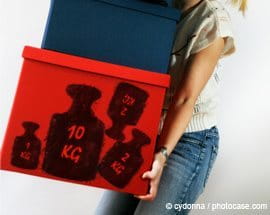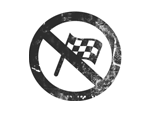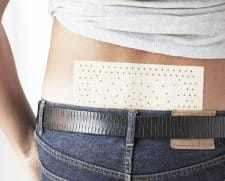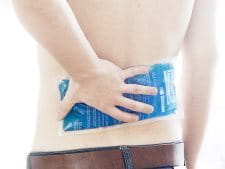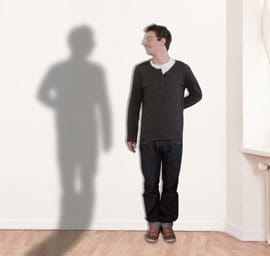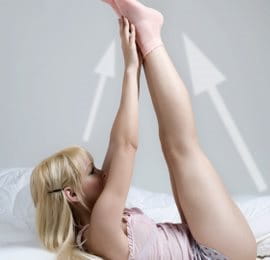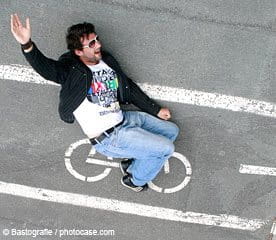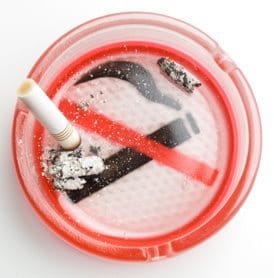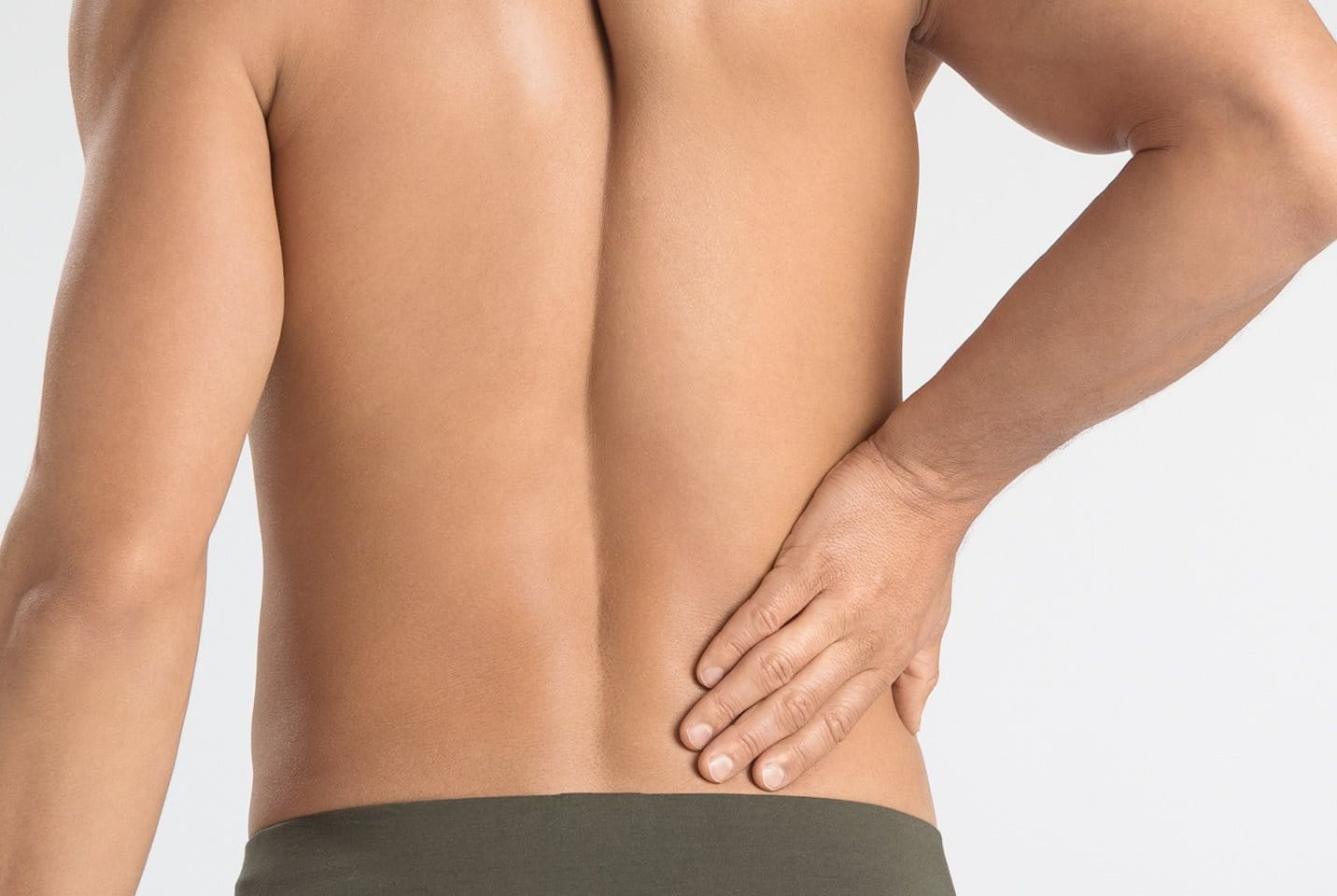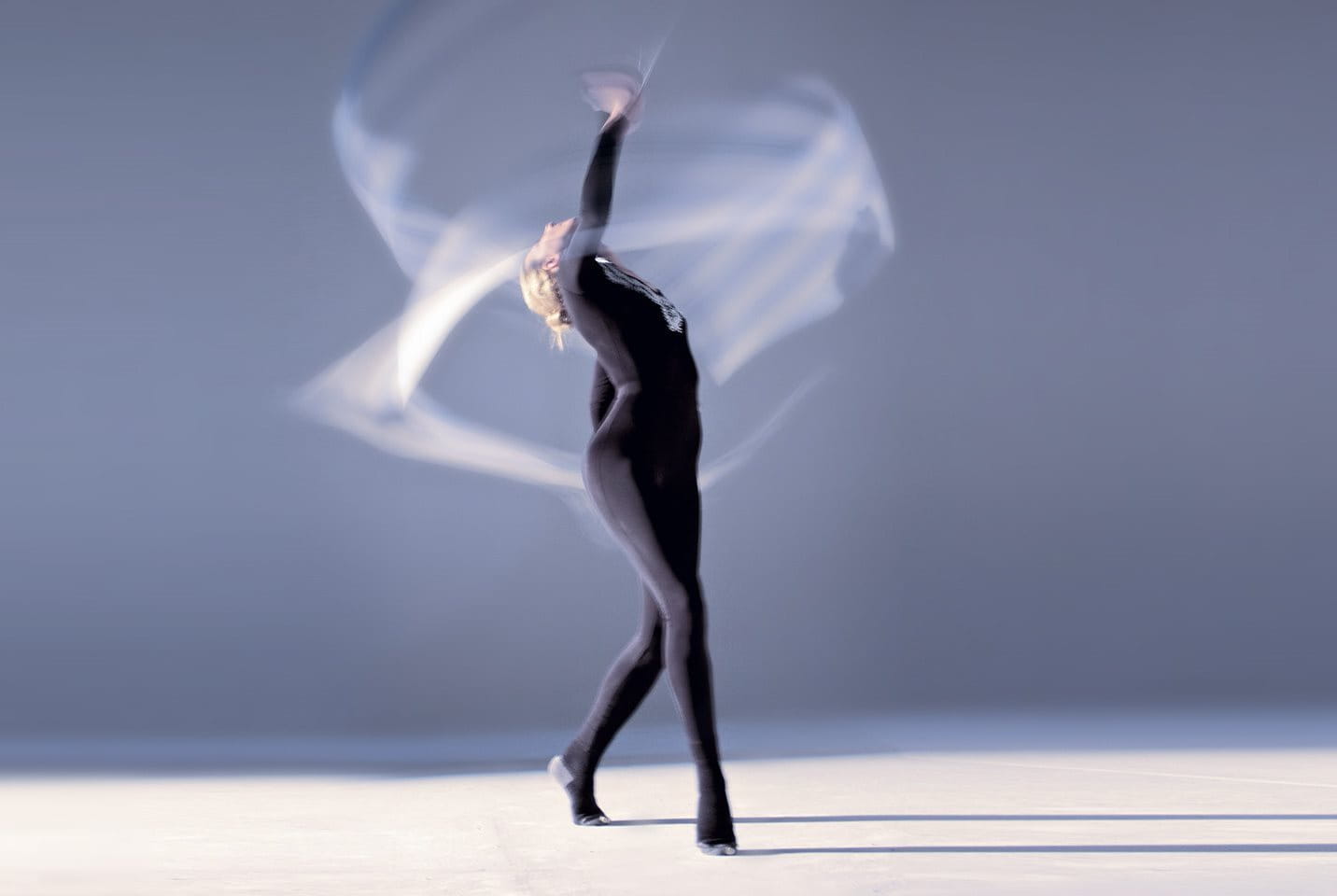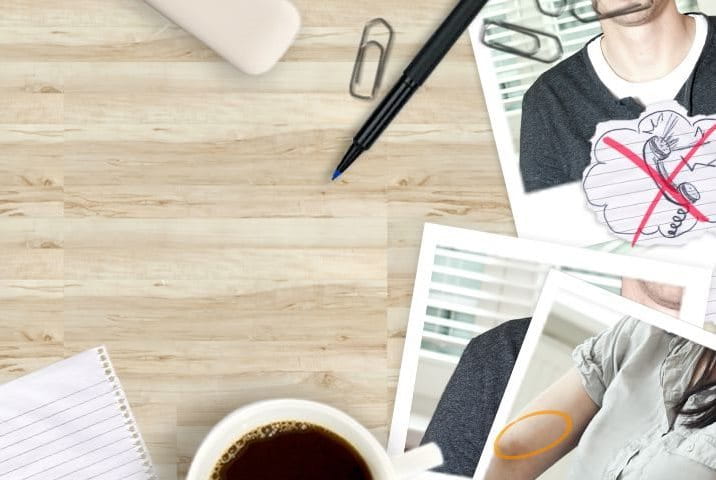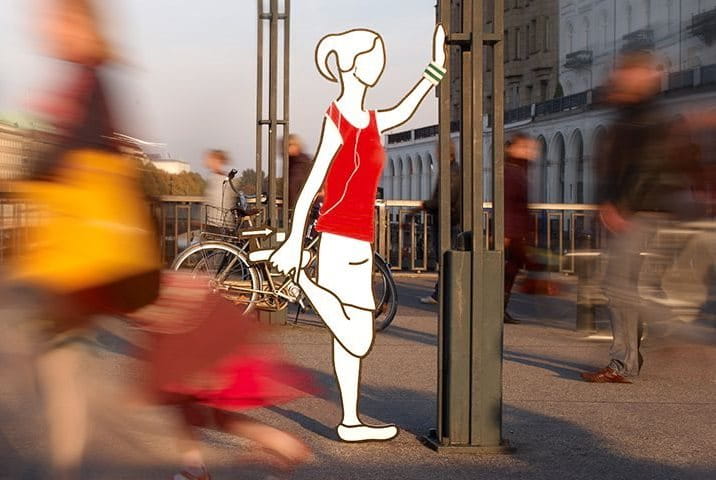1. Straighten up: To improve your posture, follow some of the exercises from our video library. Or try to do this exercise: Stand against a wall or sit in a dining room chair, make sure that your shoulders and buttocks touch the wall or your chair. Slip your arm into the space between your low back and the wall or chair, tilt your hips so that the extra space is eliminated. Stay in that position till you count uptil 20 while looking at a mirror to see what your posture looks like. Do that exercise once a day for three weeks to ensure that maintaining good posture becomes a habit. After a few weeks of exercise, you will see that your posture improves.
2. The a.m. stretch: If you feel stiff in the mornings, you can start off your day by stretching while you are still in bed. Before you get up, slowly stretch your arms over your head, then gently pull your knees up to your chest one at a time. When you are ready to sit up, roll to the side of the bed and use your arm to help prop yourself up. Put your hands on your buttocks and slowly lean back to extend your spine.
3. Walk away from it: Walking keeps your back healthy by conditioning your whole body. Its natural rhythm of contraction and relaxation of tension strengthens the postural muscles. A brisk stroll may also help your body release endorphins, hormones that subdue pain. Try walking or some other aerobic exercise for 20 minutes a day, three times a week. Swimming, cycling and running, yoga or Pilates are good, too.
4. Supported sleeping: Your mattress should provide proper support, be flat and even and not sag. A bed loses a tremendous amount of firmness as it ages. A mattress is like a pair of shoes. It may suit your needs at one time, but it wears out as time goes by. Invest in a good one. Usually medium is better that very hard. But test what suits you best before you buy, whether it’s soft or hard that you prefer. A good indication is sleeping more comfortably in a specific hotel bed.
5. Tobacco-taboo: You may not want to hear this, but smoking is not only bad for your general health, but specifically for your back: it increases the overall ageing of your spine. Try to quit the habit as soon as possible if you suffer from back problems.
